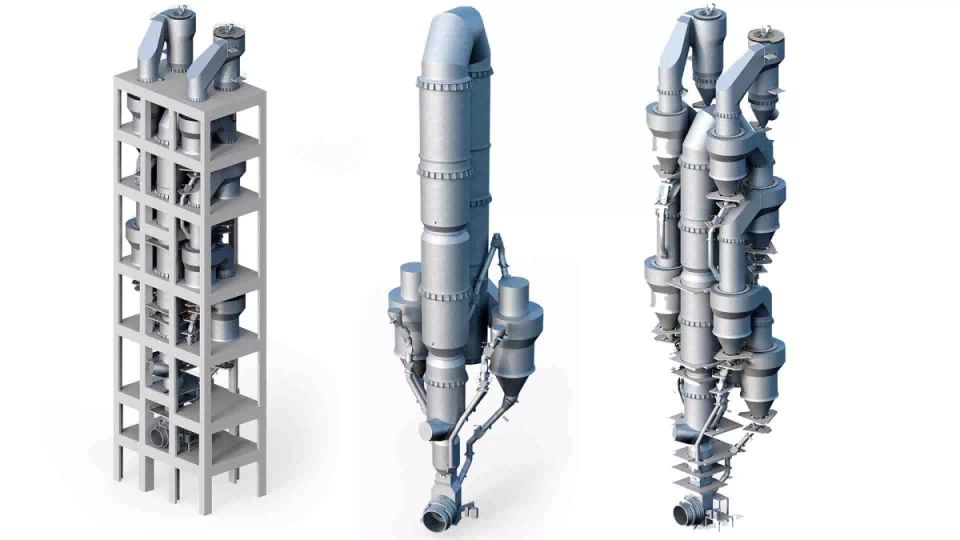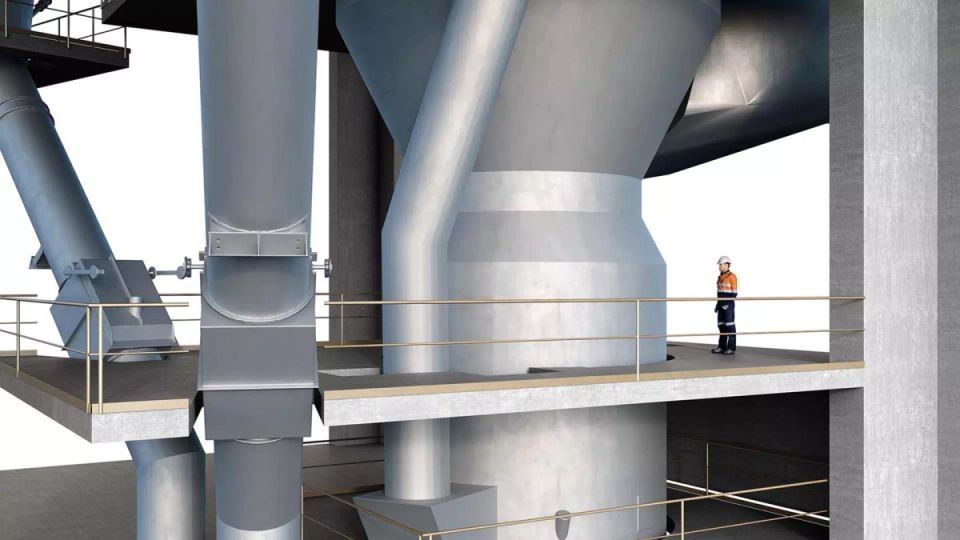
A cost-effective, efficient in-line calciner that reduces NOX emissions
Achieve NOX emissions limits without ammonia injection
Whether you are planning to build a new plant or upgrade your current calciner, the FLSmidth Low NOX Calciner provides the best value of any calciner on the market. Its unique design allows for optimum NOX reduction, reduced wall build-ups and lower operational costs. With a goal to optimise production costs, our Low NOX Calciner has been enhanced for operational stability, availability and combustion efficiency. NOX regulations are continuously being tightened around the world. Meeting NOX emissions limits is therefore a key demand for cement producers, not only because NOX-related issues, such as smog pollution, have a direct impact on the local society, but also because your plant’s license to operate is directly linked to its NOX emissions. The Low NOX Calciner helps you significantly reduce NOX emissions from your cement plant operations.

The best-value in-line calciner for new plants and upgrades
The Low NOX Calciner is based on FLSmidth’s proven in-line calciner technology, boasting features that reduce NOX emissions, reduce ammonia consumption and minimise total cost of ownership.





